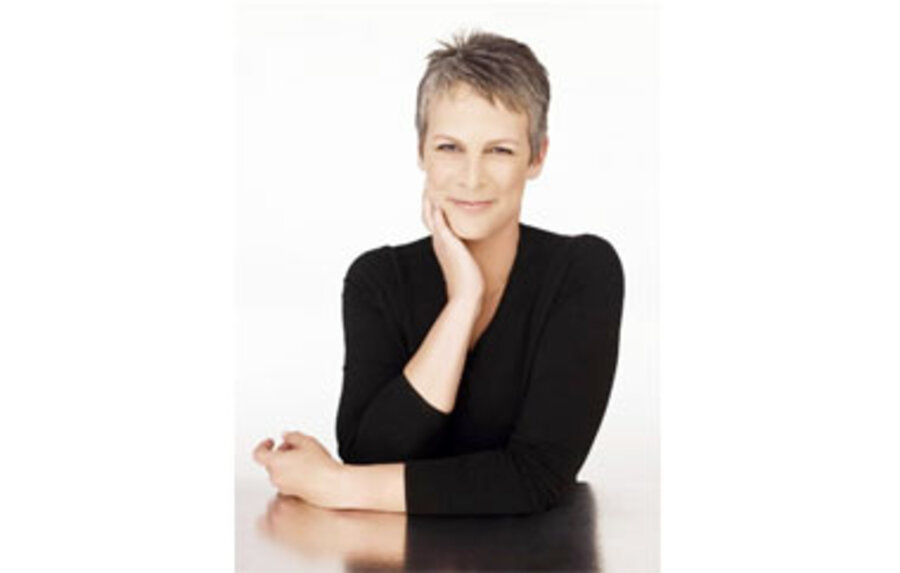Some women and men dress in the clothes they wore when they were younger, whether the look is appropriate or not. Baumgartner says this can sometimes be caused by people simply not knowing how to update their wardrobe. She says one sign of an unchanging style is if the contents of a closet haven't changed for more than five years. If you're looking to update, figure out the parts you like of the items you have – for instance, the polka dots in a '50s-style skirt – and look for that trait in a new item, such as a polka-dotted shirt. Others who are stuck in the clothes of decades past may be trying to cling to their youth. Baumgartner suggests looking for a role model who dresses his or her age who you can emulate. One client of Baumgartner's picked Jamie Lee Curtis. Model your new style after your role model and go from there.

USC Libraries




